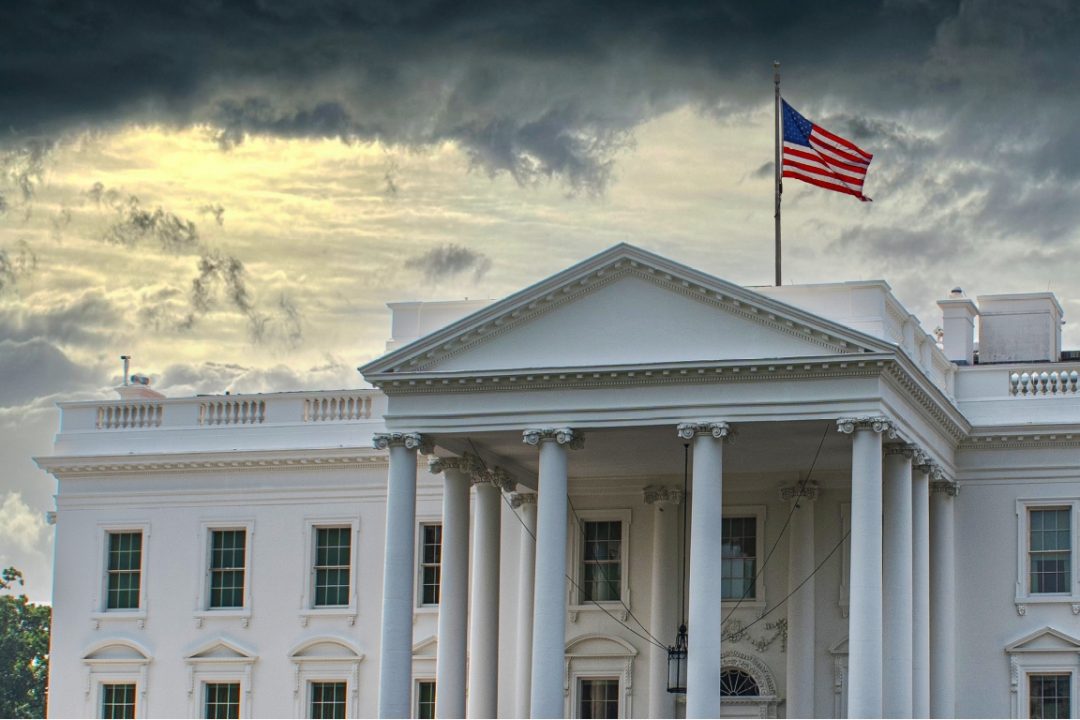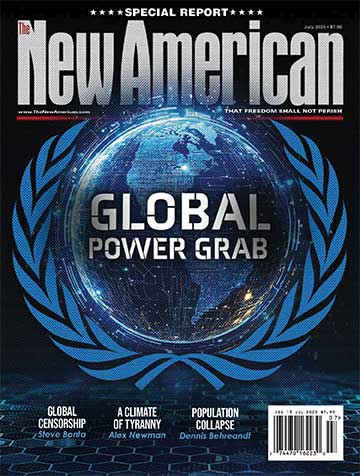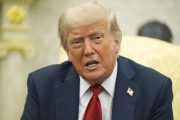
“I have an Article 2, where I have the right to do whatever I want as president.”
— President Donald J. Trump, July 23, 2019
In the fading light of the Roman Republic, as senators dithered and people cried out for relief from chaos, an ambitious few found the imperial mantle irresistible. What began as temporary “emergency powers” for the good of the republic soon hardened into permanent, despotic authority. It was not a coup that killed the Roman Republic — it was consent; it was the people’s preference for expedient tyranny over constitutional liberty; it was Julius Caesar crossing the Rubicon, and Rome never recovered.
Today, we would be wise to recall that cautionary tale as we survey the ever-expanding powers of the American presidency — powers accumulated not through violent conquest, but through executive orders signed quietly from behind the Resolute Desk.
President Donald Trump, like his recent predecessors, has wielded executive orders with alarming frequency. In his first term, Trump signed 220 of them; and in his second, he surpassed 140 in the first 100 days alone. That figure is more than any president in a similar time frame, and includes sweeping edicts affecting everything from immigration to climate change to the dubious digital menace known as TikTok.
Let’s be clear: Executive orders are not novel. Of 47 presidential administrations, all but one have issued them. The total number of such orders — officially counted and unnumbered alike — hovers somewhere near 50,000. But it is not the mere quantity of such orders that threatens our Republic; it is their quality, scope, and constitutional legitimacy. It is the spirit behind them — one that bears an uncomfortable resemblance to that fateful Roman ambition: the desire to rule rather than to serve.
Executive Orders: A Tool Turned Weapon
In its original form, the executive order was an innocuous administrative memo, a directive to executive officers on how to carry out a law passed by Congress. George Washington, for example, used such orders to request department reports. Nothing alarming there.
But what was once a servant of the law has become its master. Abraham Lincoln, under the pretext of war, suspended habeas corpus — twice — without congressional approval, and issued the Emancipation Proclamation by fiat. Franklin D. Roosevelt’s executive orders were even more audacious, authorizing the confiscation of gold, the creation of massive federal programs, and the internment of Japanese Americans — all with the stroke of a pen.
The list of excesses has only grown. Richard Nixon imposed wage and price controls. Bill Clinton rewrote labor policy via executive order. Barack Obama famously said, “I’ve got a pen and I’ve got a phone,” as he pledged to bypass Congress entirely. Trump, for his part, relied on executive orders to extend unemployment benefits, halt evictions, suspend student loan payments, and more — all without legislative sanction.
The ink has long dried on our constitutional parchment declaring that “All legislative Powers herein granted shall be vested in a Congress.” But that ink is now routinely ignored, replaced by the signature of a single man.
Delegation: Congress’s Abdication
How did we get here? We arrived not through seizure, but surrender. Congress, corrupted by cowardice and seduced by convenience, has repeatedly delegated its legislative responsibilities to the executive branch, granting presidents “discretion” to act under vague statutory language. This is the legislative version of crossing the Rubicon.
The Interstate Commerce Commission in 1887 marked the beginning of this decline, and since then Congress has erected a bureaucratic Leviathan of more than 440 agencies — many with rulemaking powers that carry the force of law. This is not administration; it is legislation in disguise.
The nondelegation doctrine — so essential to the Constitution’s separation of powers — has all but disappeared from judicial enforcement. Since 1935, the Supreme Court has failed to strike down a single law under this principle. But that does not mean the principle is dead. On the contrary, it is more essential than ever if we are to rescue our Republic from a presidency swollen with power.
In Youngstown Sheet & Tube Co. v. Sawyer (1952), the Court made plain that a president’s authority to issue orders must derive from either the Constitution or an act of Congress. And in L.A. Schechter Poultry Corp. v. United States (1935), the Court struck down FDR’s National Industrial Recovery Act for unlawfully transferring legislative power to the president. Yet, despite these clear precedents, the imperial presidency continues to metastasize.
From Republic to Empire
History does not simply repeat — it instructs. The Roman Republic fell not because its constitution was flawed, but because its citizens and leaders ceased to revere it. Emergencies became excuses, strongmen became saviors, and constitutional boundaries became inconveniences. Pompey was granted extraordinary powers “for the good of the republic.” Caesar promised he would relinquish his authority — later.
The American Republic stands at a similar precipice. Executive orders, once tools of execution, have become instruments of legislation. Presidents now routinely govern through decree, and we the people have grown disturbingly comfortable with it — especially when it is our man holding the scepter.
This is not merely a constitutional concern. It is a moral and political one. The very idea of liberty — of a government limited by law — demands a strict separation of powers. When that line is blurred, when presidents legislate and Congress abdicates, we are no longer a republic. We are something far more dangerous: a nation ruled by the will of one, not the rule of law.
The Path Forward: Reclaiming the Constitution
The path to restoring constitutional government is neither short nor easy, but it begins with reaffirming that the president is not a lawgiver. That honor and burden belong to Congress alone, as Article I, Section 1 declares.
Reviving the nondelegation doctrine is essential. Congress must stop transferring its legislative powers to executive agencies. It must repeal laws that grant vague discretionary authority. It must do its job — no matter how politically inconvenient that might be.
The courts must likewise awaken from their slumber and strike down executive overreach not with nuance, but with thunderous clarity. And the people — those for whom this government was instituted — must hold their leaders accountable, not just when their political foes offend the Constitution, but when their allies do.
Lastly, presidents themselves must recover the humility that once characterized men such as Washington and Coolidge, who knew that restraint was the mark of a statesman. True greatness is not measured by how many edicts a president signs, but by how faithfully he obeys the constitutional limits placed upon him.
Liberty Demands It
The Constitution is not a suggestion. It is a solemn compact — between states and between generations. Its separation of powers is not a formality but a fortress, a bulwark against tyranny — whether imposed by a king or a cult of personality.
The Roman Republic died not with a bang, but with applause. Let us not be so foolish as to repeat their error.
Liberty demands better.




